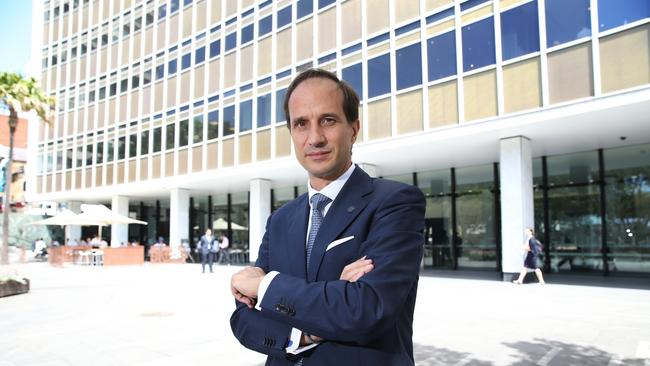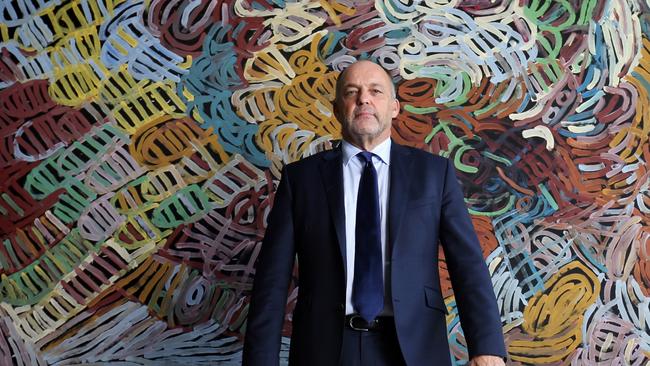
On July 15 it released a statement saying the deal was “unlikely to proceed” in its current form due to strict capital requirements imposed by New Zealand Central bank.
According to its statement unveiling the deal back on October 25 last year, the company said the deal would be completed in the second half of this year.
Resolution’s boss Sir Clive Cowdery is in Australia this week meeting potential investors and staying in touch with life insurance company owners with the idea of doing deals down the track.
Sir Clive, in an interview with The Australian, flatly refused to talk about AMP.
AMP flatly refuses to talk about Resolution Life even though Sir Clive met with AMP chair David Murray in Sydney last Friday along with AMP chief Francesco De Ferrari.
Investors would welcome the end of the deal which they regarded as being a low-ball exit at a time when much of AMP was being crucified by the banking royal commission.
Its mature book would, on Merlon Capital’s reckoning, yield $200 million a year which is good money.

AMP could presumably manage the book as well as Sir Clive but its problem is it has agreed to invest $515m with Sir Clive as part of the transaction.
If investors would cheer the formal end of the deal it beggars belief that AMP won’t say something, so one can only assume Sir Clive is still holding a gun to its head.
Either way, AMP should tell the market what is happening.
It is due to releases its results next week so maybe that is when it will talk.
When the deal was unveiled last October it was called a partnership which would see AMP collecting $1.9 billion in cash plus $300m in preference shares, $1.1bn in future earnings and crucially AMP would invest $515m in Resolution Life’s fund to buy up other
insurance assets.
Sir Clive is sitting on $US3bn in funds to invest in insurance companies being sold by their owners looking to free up capital.
The AMP money then is a big chunk of his present kitty although he says he has other Australian investors.
Sir Clive, a former European boss of GE’s former insurance business, set up Resolution in 2003 to invest in precisely the assets AMP wants to sell to free up capital.
Since then he has invested some $US13bn in $US20bn of acquisitions managing more than $US300bn of assets.
His business is based on the fact life insurance markets peaked in the early 2000s and as the mainly foreign owned vehicles that managed the assets wanted to get out, in walks Sir Clive.
His deals include those with Royal Sun Alliance, Santander, Friends Provident, AXA and AllState. He looks after customer needs then turns the proceeds into yielding assets.
These are gold in the present market.
The most important letters for Sir Clive are ROE and when returns are down you reduce the earnings a bit to lift the returns side of the equation.
That’s what the AMP deal was all about and crucially Sir Clive is a long-term investor so he makes his pitch and moves in when the vendor is ready to depart which could take a few years.
That is the problem for AMP because he is not likely to walk away from this deal empty-handed.




AMP is walking a very fine line between its disclosure obligations to the market and an apparent desire to drop its deal to sell its life business to Resolution Life for $3.3bn.